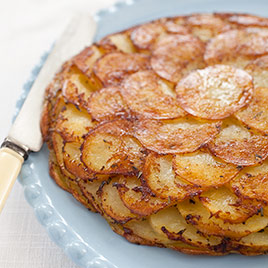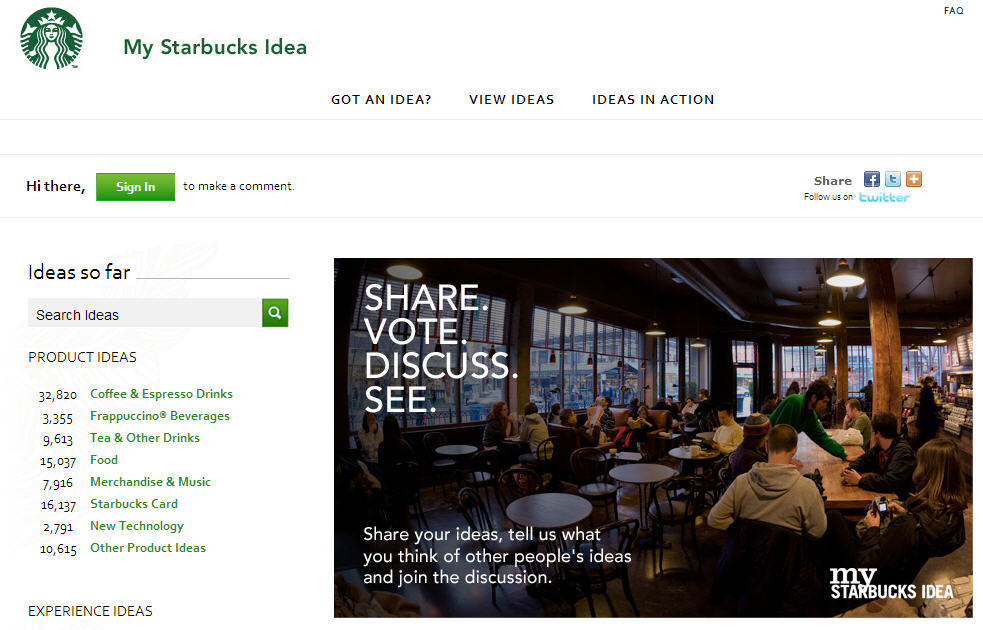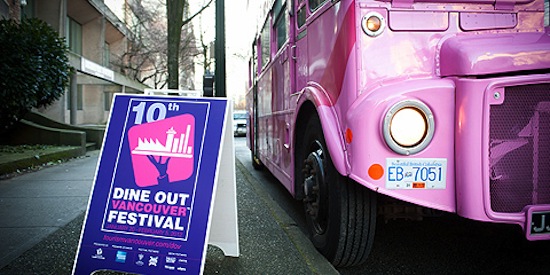Seeing as today is Easter, I thought that it’d be most appropriate to talk about one of my favourite treats: Cadbury Mini Eggs! There’s always an influx of Easter treat related commercial advertisements on television stressing that consumers need to “get them before they’re gone” (particularly with Cadbury Creme Eggs, the eggs are personified and literally explode during each commercial to emphasize the limited time nature of their existence).
As someone who isn’t a huge fan of chocolate (Chocoholics, you may gasp), I have recently developed an odd craving for mini eggs. Perhaps its to do with the constant advertising that I’m exposed to, but I did not have the will power to resist the temptation of those tasty little eggs. When we discussed distribution intensity in class, I was so sure that mini eggs belonged on the relatively exclusive side of the continuum. However, I quickly realized that mini eggs are intensively promoted and distributed everywhere when Easter nears, although they due have a limited window of availability. From store brand versions, to even the UBC Bookstore, mini eggs are everywhere!
Despite being intensively distributed during Easter, the fact that these mini eggs have a limited time of availability allows producers to mark up prices ($1.99 per small bag of 42 grams) due to relatively inelastic demand from consumers. Another interesting note is that Hershey’s is the parent company of Cadbury, and also sells a brand of mini chocolate eggs called “Eggies“.
Ever since I could remember, I have had an attitude that Cadbury represented the highest quality of chocolate (relative to other widely available chocolate brands, including Hershey’s), and actually refused to purchase Eggies despite its lower price. This just shows how effective Hershey’s has been with their marketing strategy, leveraging the brand power that each of its products have. I have certainly enjoyed my portion of Mini Eggs, and I can’t wait until next year. Perhaps I’ll give Eggies a chance now that I know that they’re from the same company!








